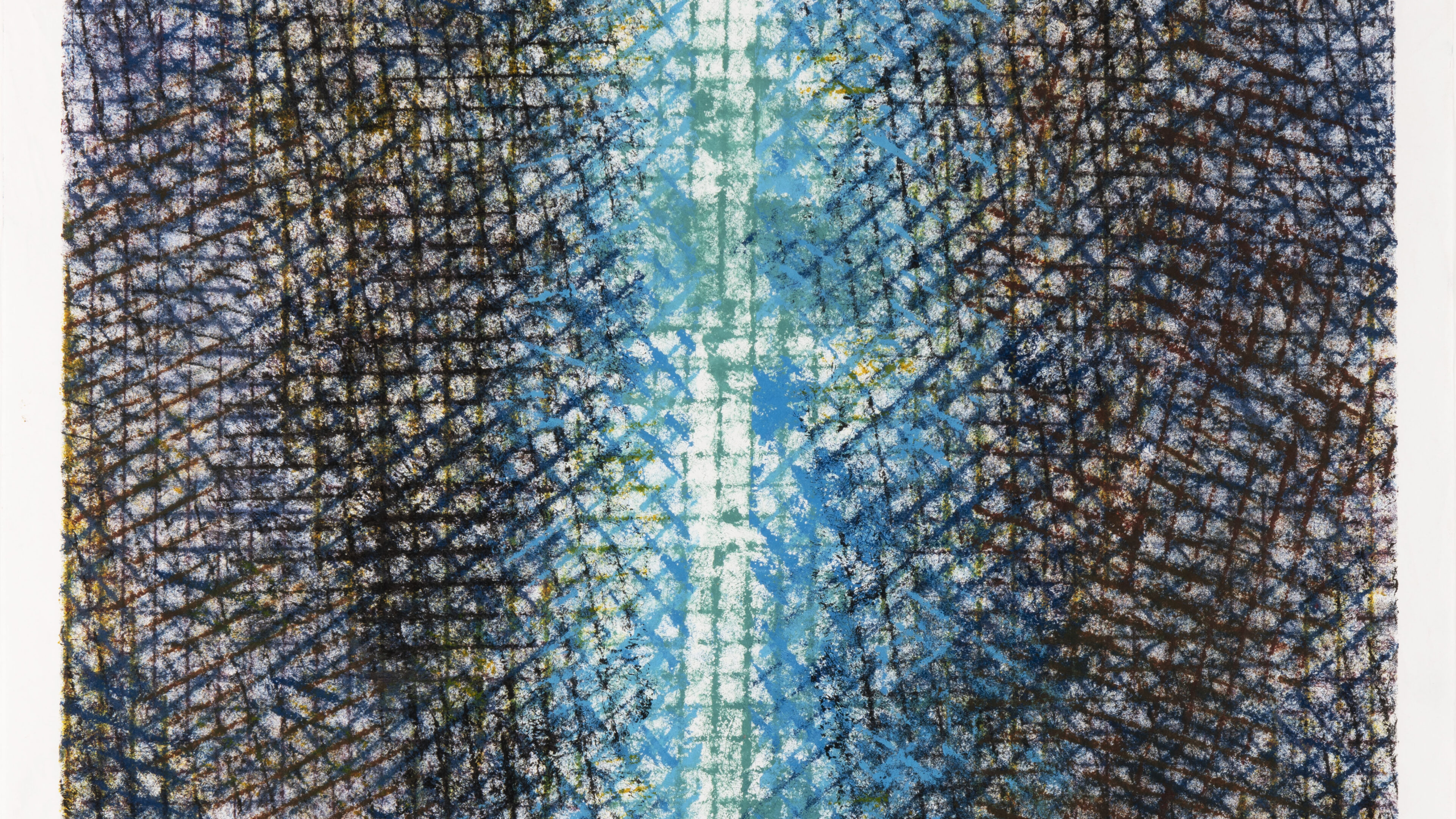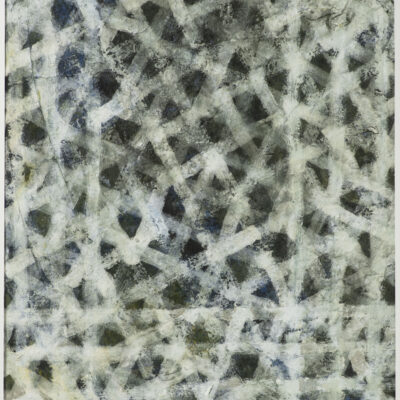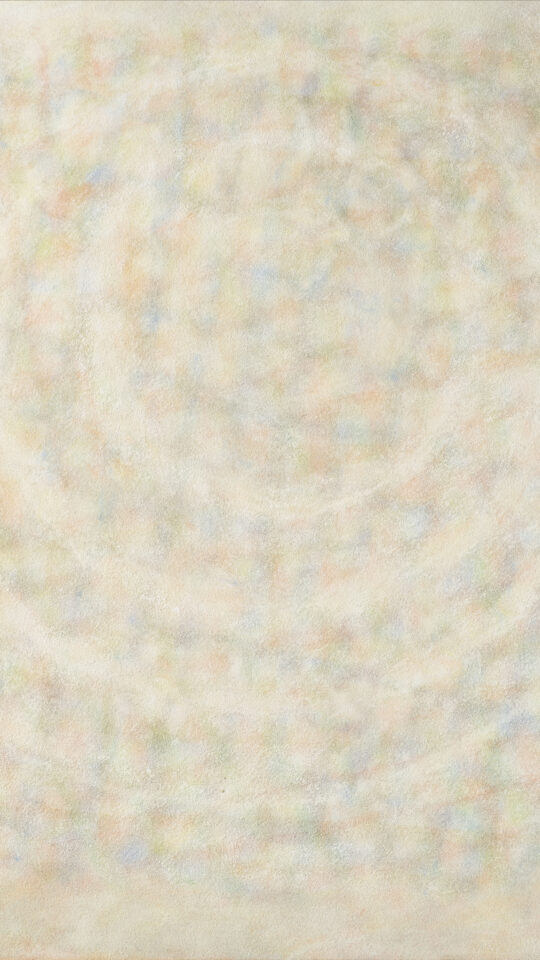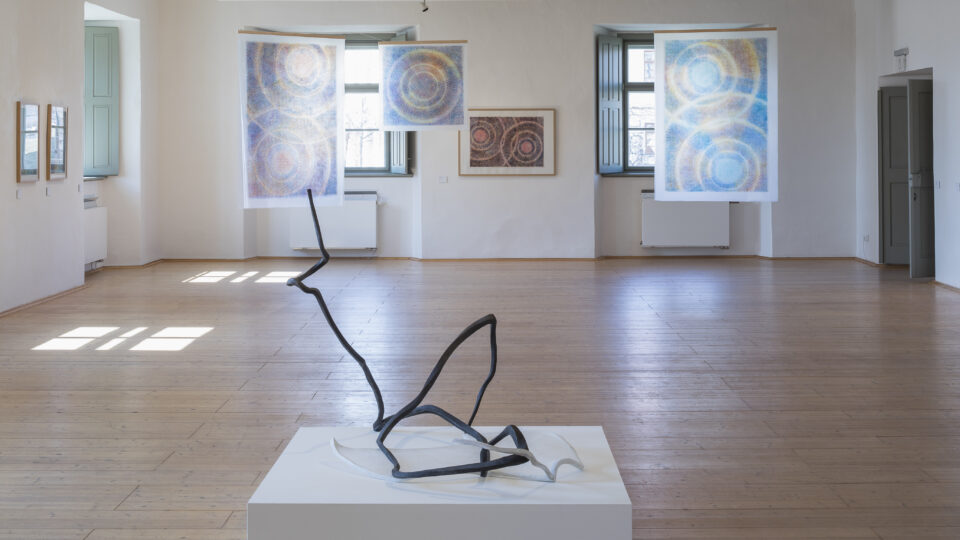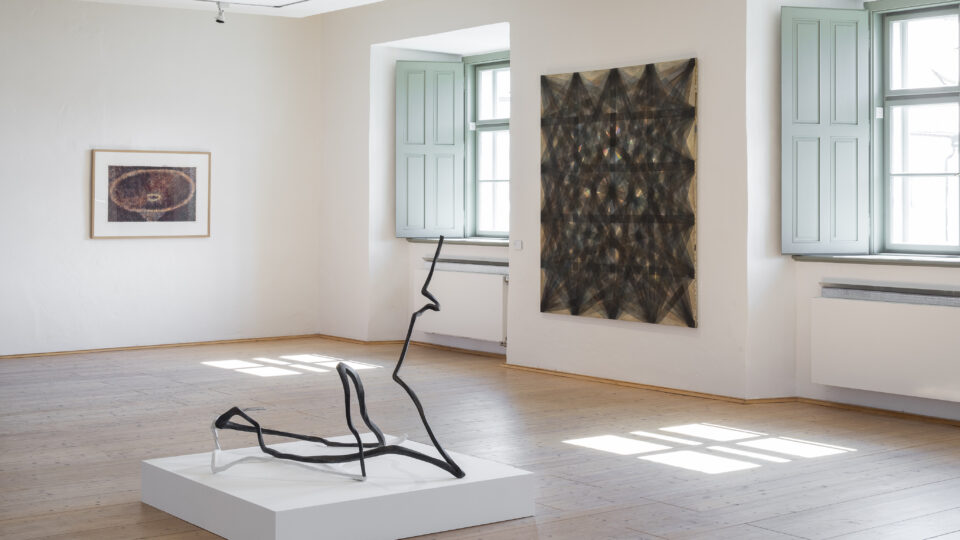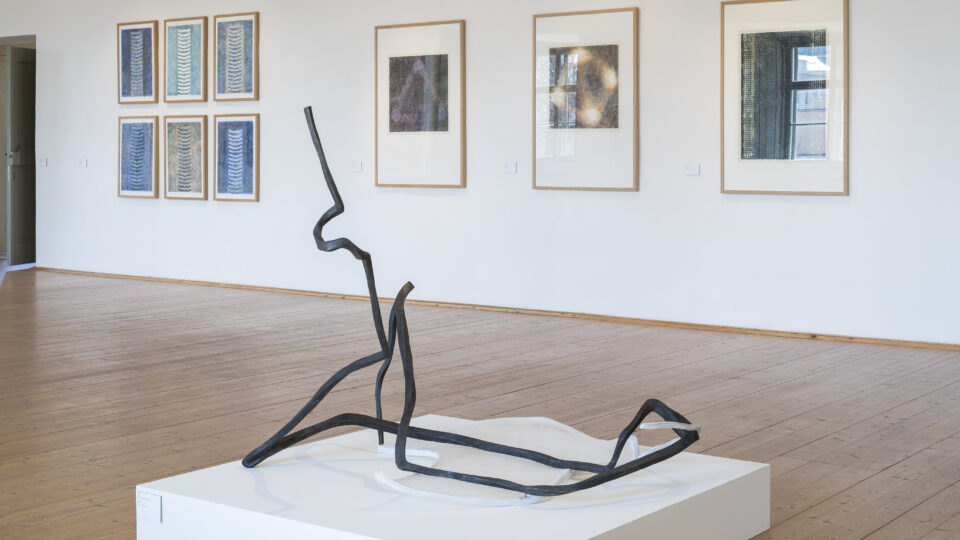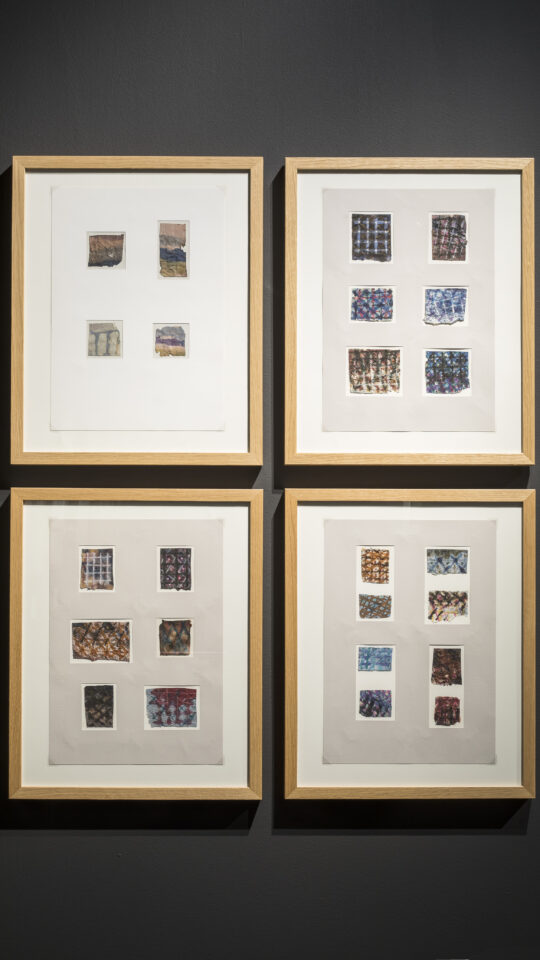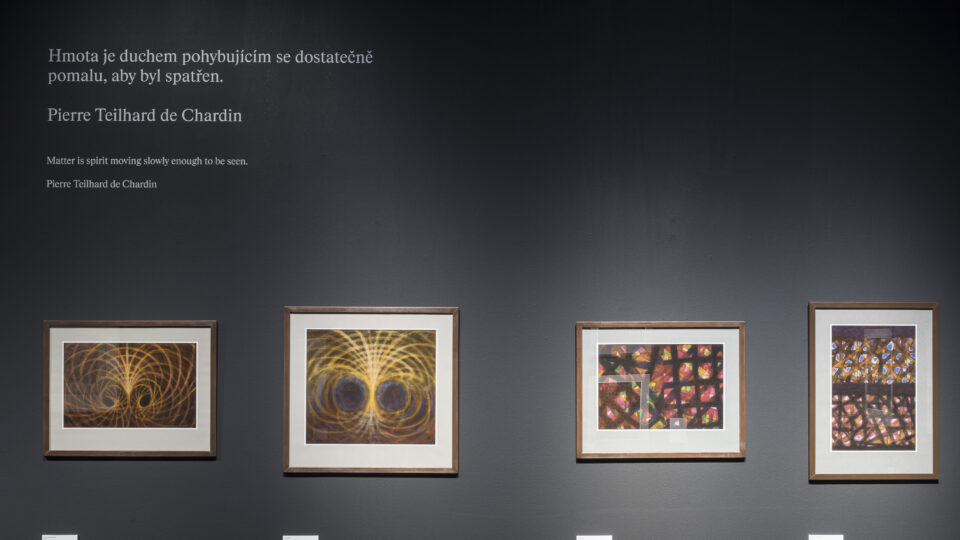Luděk Filipský
Intimate Immensity
Printmaking Crossovers, 20. 3. – 5. 6. 2022
Curator: Richard Drury
‘Immensity is within ourselves. It is attached to a sort of expansion of being that life curbs and caution arrests, but which starts again when we are alone. As soon as we become motionless, we are elsewhere; we are dreaming in a world that is immense. Indeed, immensity is the movement of motionless man. It is one of the dynamic characteristics of quiet daydreaming.’
Gaston Bachelard, The Poetics of Space
Luděk Filipský (born 1945) lives and works in Kutná Hora. He studied under Antonín Pelc and Jan Smetana at the Prague Academy of Fine Arts (1963–1969). He belongs to the artistic generation that absorbed the powerful impulses of the Czechoslovak art scene whose development rapidly accelerated during the second half of the 1960s. This path that had begun so promising was, however, brutally cut short in the early 1970s by the hard-line backlash ensuing the Soviet-led invasion of Czechoslovakia in 1968 that resulted in many fresh art-college graduates working largely outside the official (in other words ideologically policed) culture of the day.
Since the very beginning, Luděk Filipský has systematically explored the structural basis of both tangible and implicitly sensed phenomena. Whether focusing on nature (the landscape, minerals and fossils) or the human world (figural interaction, the model in the studio and spiritual architecture), Filipský has always searched for ways of discovering and reflecting on what he calls ‘the restless topography of space’. His paintings, drawings and sculptures are based on a process of revealing (and disrupting) the connections between the individual spatial planes of his chosen subject, which he symbolically transforms into a dynamic play of intermeshed energies. Over time, Filipský’s meditative search for insights into the concealed ‘mechanisms of being’ logically led him to the visual language of geometric universality. With him, it wasn’t simply about ‘cool’ rational methodology; it was also about poetical wonder and dramatic expressiveness. Filipský’s fundamental form of expression involves the layering up of linear patterns in his paintings and drawings; this, in turn, produces the subtly distanced space of a kind of ‘energy field’ or ‘meditative focal point’ evoking both a feeling of profound concentration and an awareness of the endless metamorphosis that all things undergo.
It is this most characteristic area of Filipský’s work that provides the basis of his exhibition at GASK. The exhibition is conceived in close connection with the nearby Kutná Hora Church of St Barbara, whose lofty vaulted construction and interior illuminated by light streaming through stained-glass windows has provided him with an enduring source of inspiration as well as a parallel to his own creative thinking. The works on show not only make clear how Filipský works in thematic cycles, but also demonstrate the mutually stimulating dialogue between his painting and drawing (as well as between his drawing and spatial expression, as can be seen in his offset-paint frottages hung in free space). Using the techniques of watercolour, tempera and gouache, the artist achieves a high degree of colour translucence that, combined with the active compositional structure, generates the impression of optical vibration and even acoustic resonance. Here, the construction element is not physical substance or colour, but light itself – the mesh of light rays is created by how they intersect and fuse into a rhythmic whole similar to polyphonic music.
The series of small-scale and miniature drawings installed in Blackbox can be considered the conceptual ‘heart’ of Luděk Filipský’s exhibition. Blackbox’s dark and quiet setting makes it possible for us to experience the essence of how, in the artist’s words, ‘the spiritual radiates through the physical’. Here, Filipský’s pastels on suede paper, cosmological reflections seemingly endowed with their own inner light, suggest the possibility of returning to the very birth of light, space and time.
Richard Drury
